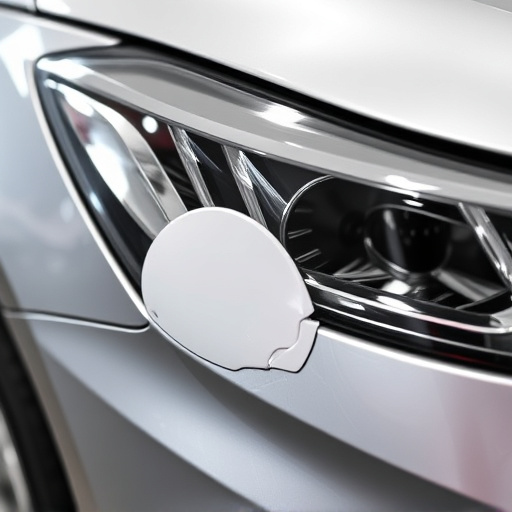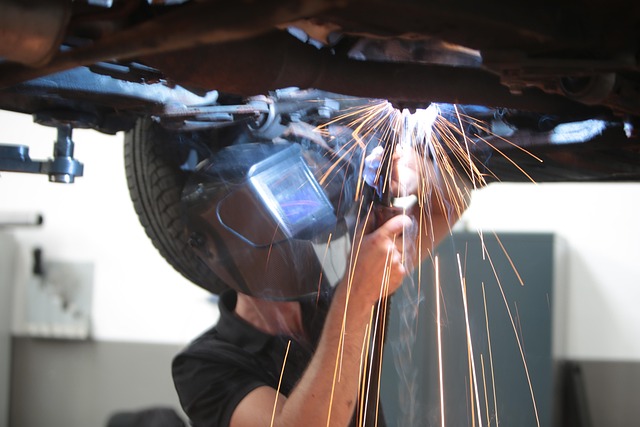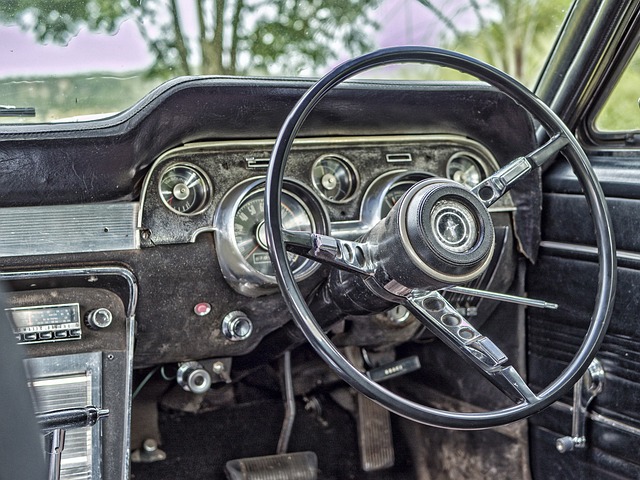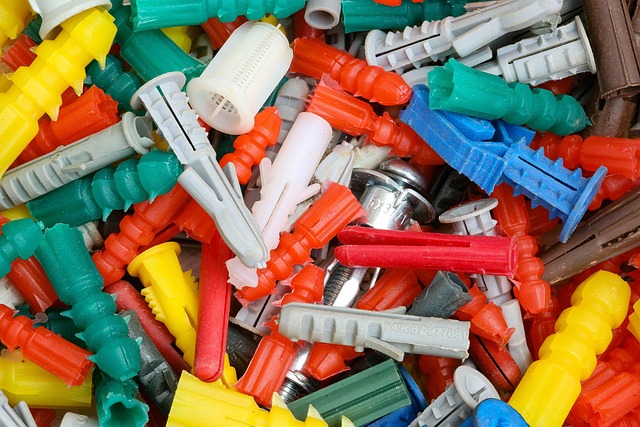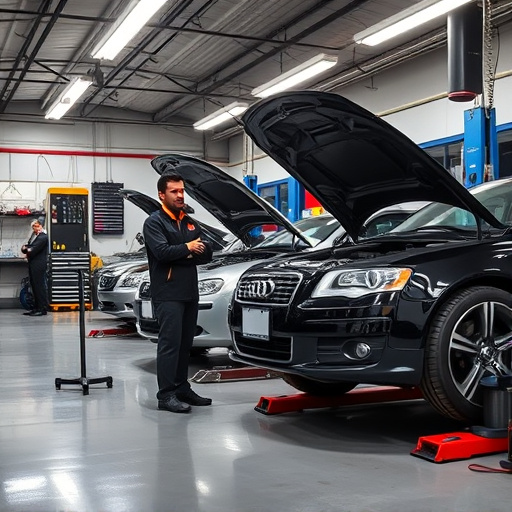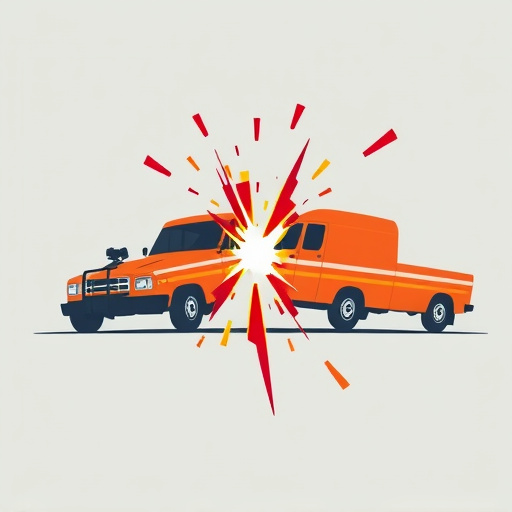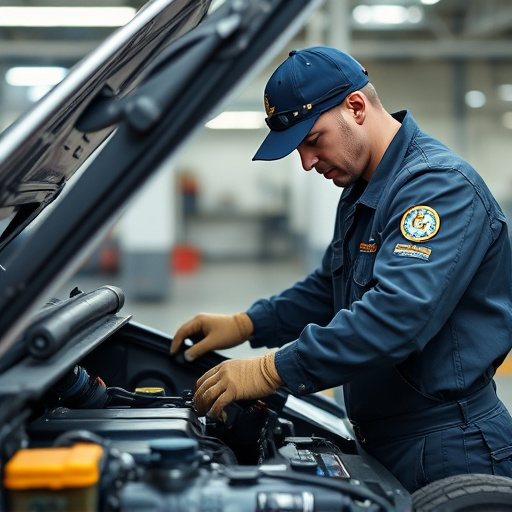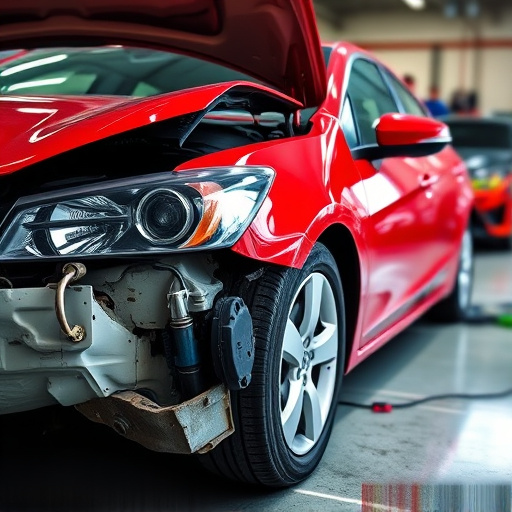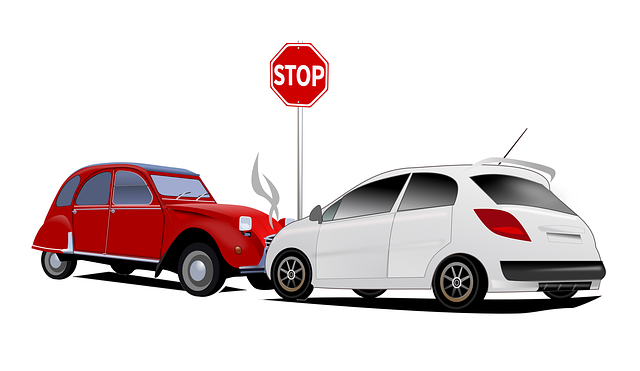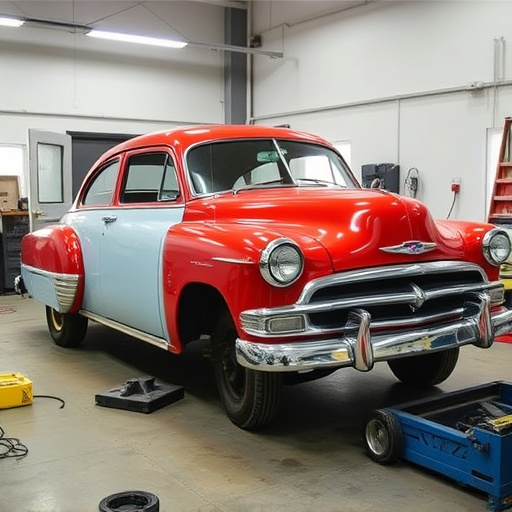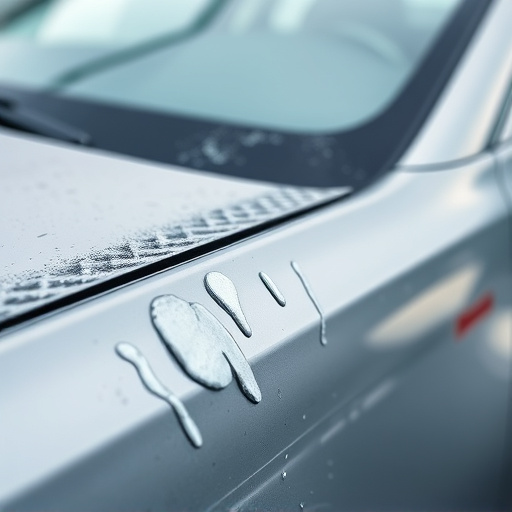The Environmental Protection Agency (EPA) sets standards for auto repair facilities to manage hazardous materials responsibly. An EPA compliant body shop adheres to federal waste management, air quality control, and safe disposal practices, prioritizing environmental protection and consumer safety in all services. Verify EPA licensing and specific accreditations in dent, bumper, and hail damage repairs to ensure ecological responsibility and high-quality repairs. Examine staff training records, SDS for hazardous materials, and disposal/recycling records to assess their commitment to sustainable practices and safe fleet repair services.
Before entrusting your vehicle to a repair shop, it’s crucial to verify if it’s an EPA compliant body shop. The Environmental Protection Agency (EPA) sets standards for auto repairs to minimize environmental impact, ensuring safe disposal of hazardous materials and proper handling of fluids. This article guides you through the steps—from understanding EPA’s role in auto repair to checking for certifications and training records—to help ensure you choose a reputable, environmentally responsible shop.
- Understand EPA's Role in Auto Repair
- Check for Proper Licensing and Certifications
- Verify Training and Compliance Records
Understand EPA's Role in Auto Repair
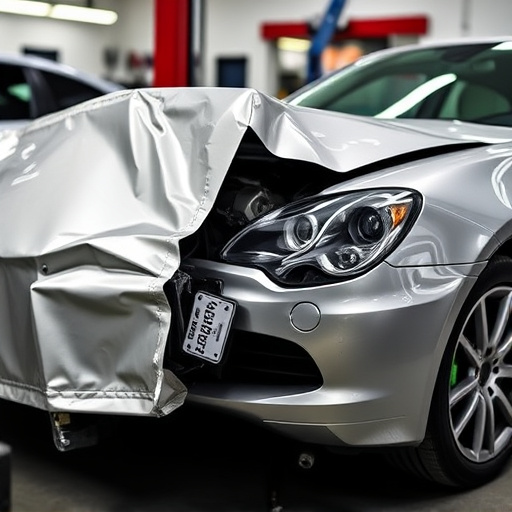
The Environmental Protection Agency (EPA) plays a pivotal role in ensuring that auto repair facilities adhere to strict environmental and safety standards, particularly when it comes to managing hazardous materials commonly used in automotive repairs. These standards are designed to protect both the environment and consumers from potential harm caused by improper disposal or handling of substances like solvents, paints, and other chemicals. For businesses aiming to be recognized as an EPA compliant body shop, understanding these regulations is paramount.
When a shop is labeled as EPA compliant, it signifies their commitment to following federal guidelines for proper waste management, air quality control, and safe disposal practices during luxury vehicle repair, car scratch repair, or any other automotive repair service they offer. This compliance ensures that the process of repairing and restoring vehicles doesn’t come at the cost of environmental degradation or pose risks to the health and safety of their employees or customers.
Check for Proper Licensing and Certifications
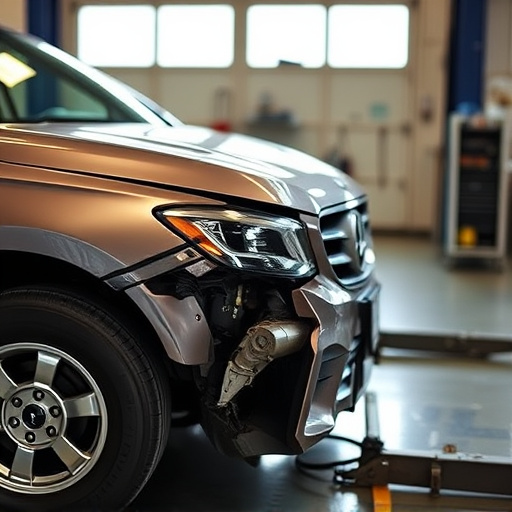
When evaluating an auto shop for EPA compliance, one of the initial steps is to verify its licensing and certifications. Ensure that the establishment possesses the required permits from the Environmental Protection Agency (EPA) or equivalent regulatory bodies. These certifications are crucial indicators that the shop adheres to environmental standards during their operations, including proper disposal and handling of hazardous materials commonly found in automotive parts, such as lead and asbestos.
Moreover, look for specific accreditations related to vehicle dent repair, bumper repair, and hail damage repair services. Reputable EPA-compliant body shops should display these certifications prominently, demonstrating their commitment to quality and environmental stewardship. This process allows customers to make informed choices, knowing that their chosen auto shop meets the highest standards for both automotive repairs and ecological responsibility.
Verify Training and Compliance Records
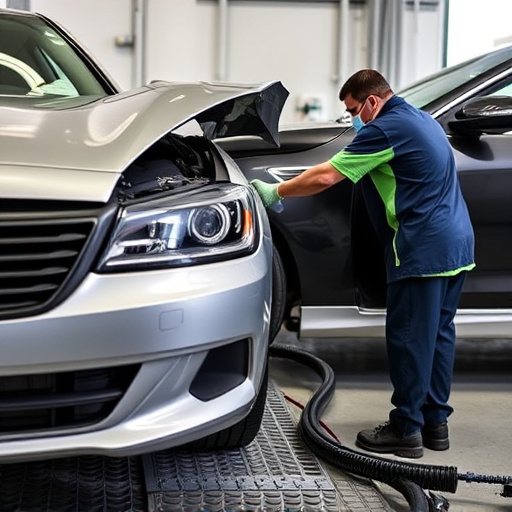
To ensure a shop is an EPA compliant body shop, one of the key steps is to verify their training and compliance records. This involves checking whether the staff has undergone proper training in environmental protection standards, especially regarding vehicle collision repair and collision damage repair processes. The records should demonstrate ongoing adherence to these standards, which are crucial for minimizing environmental impact during fleet repair services.
By examining these documents, you can gauge the shop’s commitment to sustainable practices. This includes looking into certifications, safety data sheets (SDS) for hazardous materials used in repairs, and records of proper disposal or recycling of such materials. These measures not only safeguard the environment but also ensure high-quality, safe, and reliable vehicle collision repair services.
When looking for an EPA compliant body shop, it’s crucial to verify their status through key steps outlined in this article. By understanding the EPA’s role, checking for proper licensing, and verifying training records, you can ensure your chosen auto repair facility adheres to environmental standards. This not only protects the environment but also guarantees high-quality, safe repairs for your vehicle.
